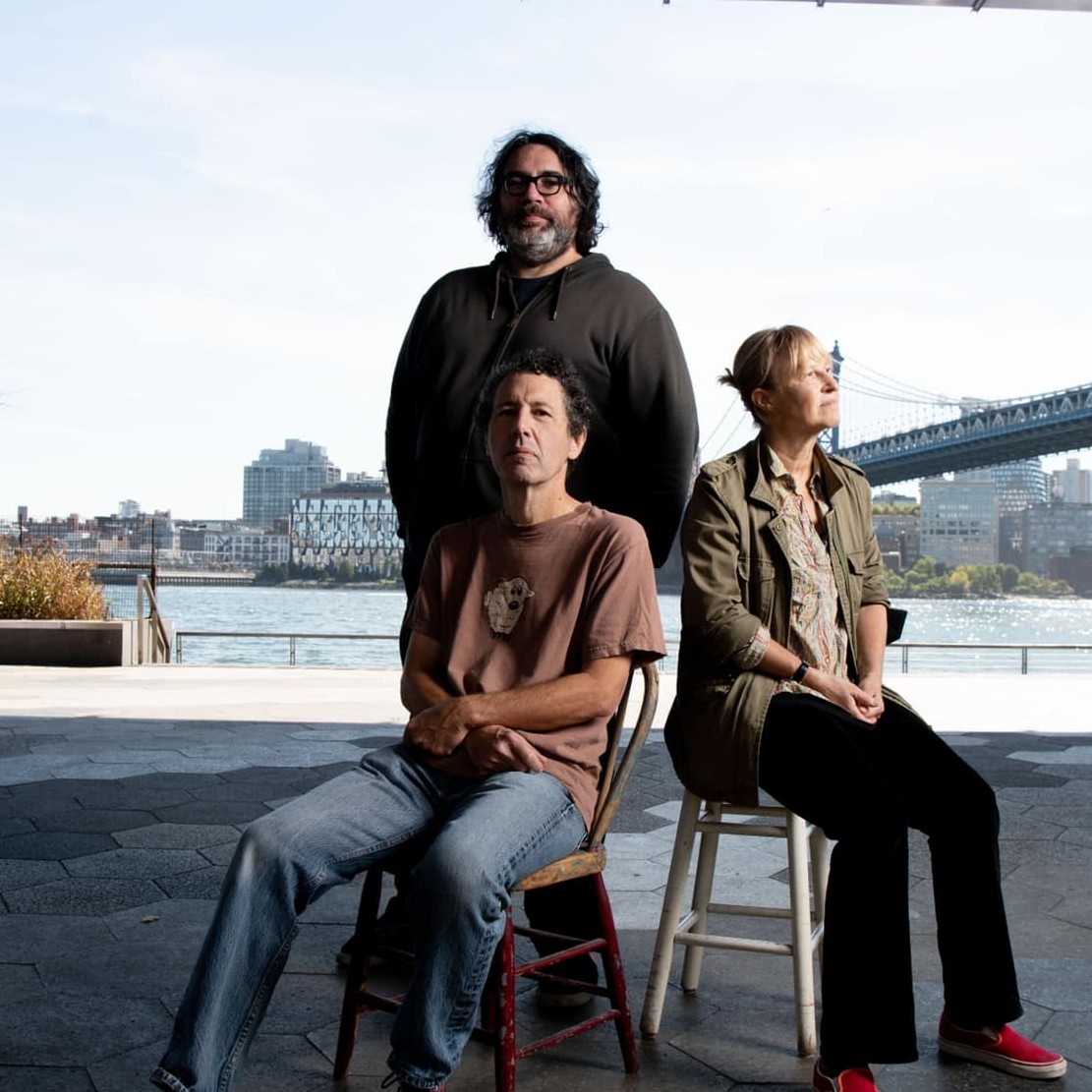
Few bands have surfed the sands of time quite like Yo La Tengo. Formed in 1984 by married creative team Georgia Hubley and Ira Kaplan, the revered indie-rock outfit gelled as a bulletproof trio in the early ’90s with the addition of bassist James McNew, kicking off a golden era for the New Jersey-born heavyweights that continues unvarnished today.
From the 1993 breakthrough Painful to last year’s return-to-form This Stupid World, Yo La Tengo have spent the past four decades building a 17-album discography packed with jangle-pop earworms, sprawling psych-rock freakouts and a reverence for the old masters of soul, jazz and R&B — sometimes hushed and delicate, other times smothered in ear-splitting feedback. Throughout their vibrant and varied career, including original scores for major films and guest spots on TV shows like Gilmore Girls and Parks and Recreation, the band has sealed their place in music history by staying true to a sound that never sits still.
After last year’s scheduled Boulder Theater performance was postponed due to Hubley’s knee surgery, Yo La Tengo returns to the city’s historic downtown venue for the first time in nearly a decade on Feb. 16. Presented by Paradise Found Records and Music, the anticipated make-up show will be followed the next night by a second Front Range gig at Washington’s in Fort Collins.
“If anyone’s tempted to go to both nights, I guarantee they will be extremely different from a song-choice perspective,” Kaplan says. “Except for perhaps a couple songs from This Stupid World, we likely won’t repeat any of the old songs. We’re going to treat Boulder and Fort Collins like one long night at two locations.”
Boulder Weekly caught up with Kaplan, 67, ahead of his band’s upcoming Colorado double feature to talk about Yo La Tengo’s 40-year legacy, their first self-produced album and whether or not the time-tested rock ‘n’ roll institution could conceivably be considered a “jam band.”
The following has been edited for length and clarity.
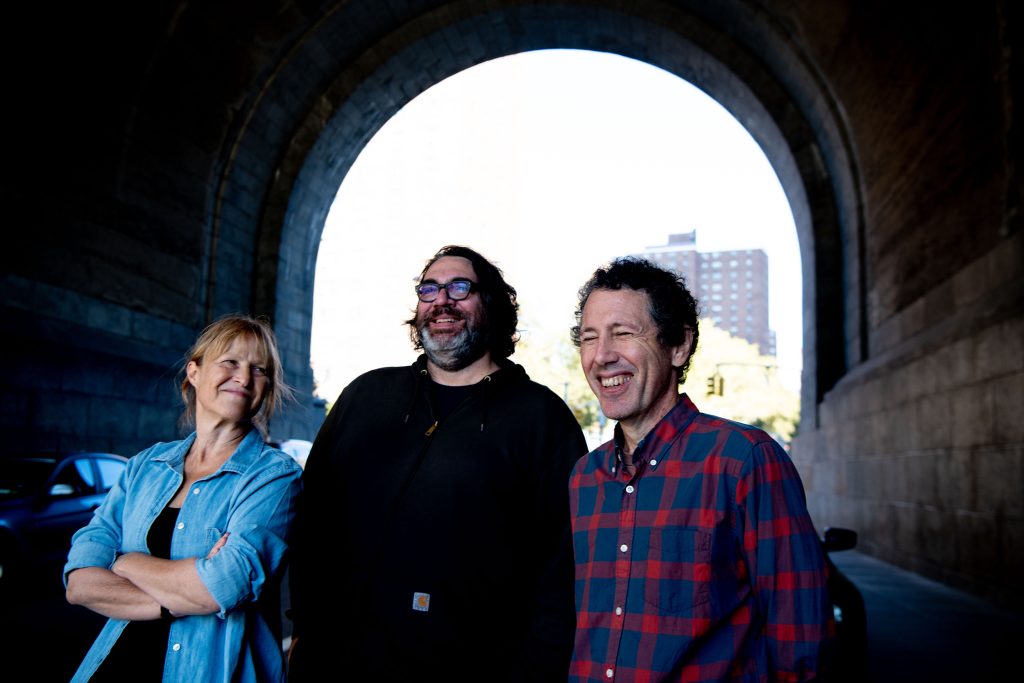
Thanks so much for carving out some time to speak with us today. This interview will run in print and online ahead of your shows in Boulder and Fort Collins, so ...
Print!
If you can believe it. I understand you have some alt-weekly music journalism in your background, too.
I’m not sure if “journalism” is the right word for it. But yes: I put typewriter to page.
Well, let’s start with an aerial view of where things are with the band right now. It’s been almost exactly one year since the release of This Stupid World. What have the last 12 months been like?
We toured a lot in 2023, and it was a blast. That’s the aerial view [laughs]. We just did our Hanukkah shows — I don’t know how familiar you are with them, but they’re pretty involved.
Those shows seem like a lot of work.
Oh yeah. There’s nothing as rewarding for us. But I think a lot of people who come to the shows in Colorado might enjoy those shows more than a Hanukkah show. We’ll be looking forward to playing what people know. There’s not as many deep, deep, deep cuts. There’s not as many versions of our songs. But for the people who’ve seen us a great deal, they value that every single Hannukah show is unlike any other one. So yes, it takes a lot to make that happen.
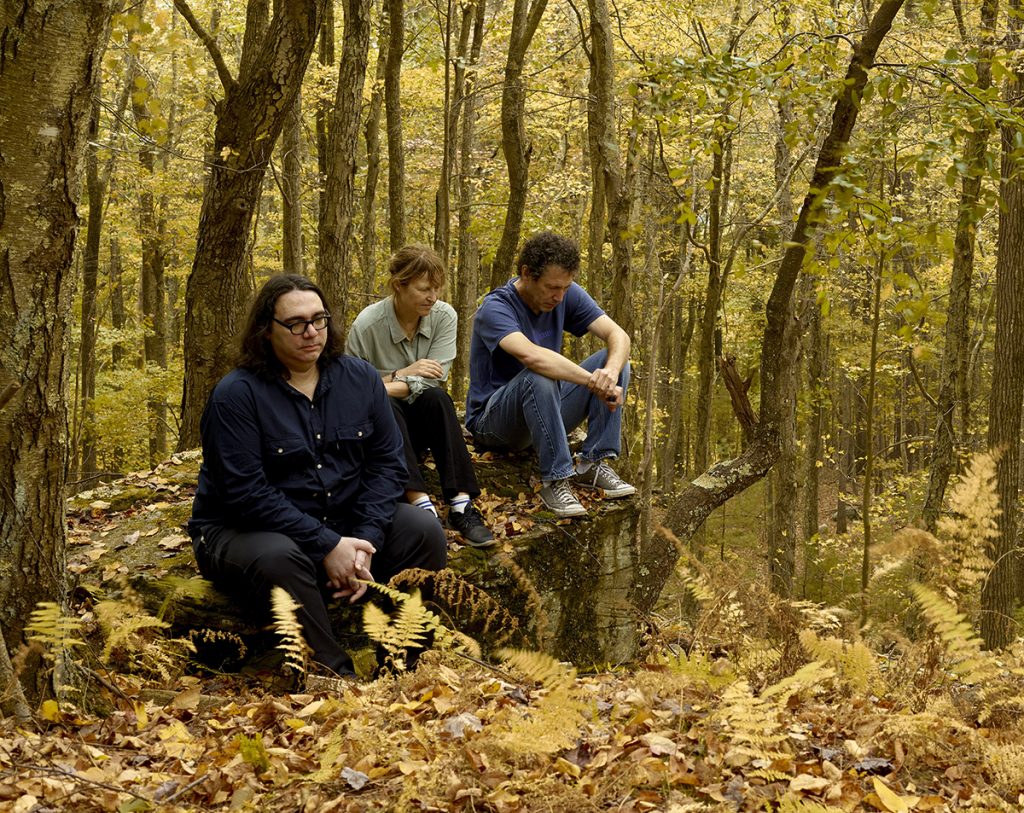
When was the last time you came to our neck of the woods?
I think There’s a Riot Going On [2018] was the last time we played Colorado, which was a festival. It’s been quite a while since we’ve done shows there.
I’ve heard you describe your hometown [Westchester, New York] as a hotbed for jam bands and hippie culture, which sounds a lot like Boulder. I’m curious how that world imprinted itself on your music. Could Yo La Tengo be considered a “jam band” in any meaningful sense of the term?
I think with a lot of genres, there’s the capital-letter version and the lowercase version. I 100% think we’re a jam band in the lowercase definition. But I think for all of us, the capital-letter version we’re not very familiar with. We know the names. We have some inkling of what it’s about, but it’s not like we’re familiar with the music and go to the shows.
I think the kinship is the appreciation for the ’60s. In our case, it probably comes out different than it does for some of the bands associated with that term. Before Yo La Tengo existed and long after The Grateful Dead were established, I saw Television at CBGBs — which by some measures, was considered to be a corrective to certain kinds of music that preceded it. Their connection to The Dead seemed unmistakable to me and was one of the things I loved about them. The period in which I rejected the music I listened to when I was younger was a very brief one. So I definitely feel a kinship with that whole tradition.
In a 2015 interview with Marc Maron, you said you’d never heard a note of a Phish song. Is that still true?
Probably. We opened for Trey Anastasio in Los Angeles a few years ago. So I’ve heard that, and I participated in an after-show on the Fare Thee Well tour in Chicago. But that’s the extent of it.
Let’s talk about your new record. I understand it was the band’s first time self-producing an album — what did that open up for you?
I don’t think it felt like a huge sea change. It was just the next step in a process that had been going on for a pretty long time. When we recorded Fade [2013], we were produced by John McEntire [Tortoise, The Sea and Cake] in Chicago, and it was the first time we had recorded with [longtime Yo La Tengo producer] Roger Moutenot in quite some time. John is much more hands-off, and his production input was subtler than Roger’s. And meanwhile, James [McNew] has always continued to develop his abilities to record.
So we had some extremely evolved demos that we brought to Chicago, and we ended up using a lot of those onthe record. When we recorded There’s a Riot Going On [2018], we figured out along the way that we could record the whole thing ourselves — which is what we did in our practice space and then brought that out to John, now in L.A., who mixed it.
With this new record, we thought we were doing that again. But one of the natures of working on Pro Tools is that you’re always mixing. So we already had rough mixes and began to realize that we were kind of close to what we wanted, and we felt it was obtainable. So instead of getting together with John or someone else to finish the record, we decided we were capable and interested in doing it ourselves. It didn’t feel like something we’ve never done before. It just felt like we took another step in the direction we’d already been taking.
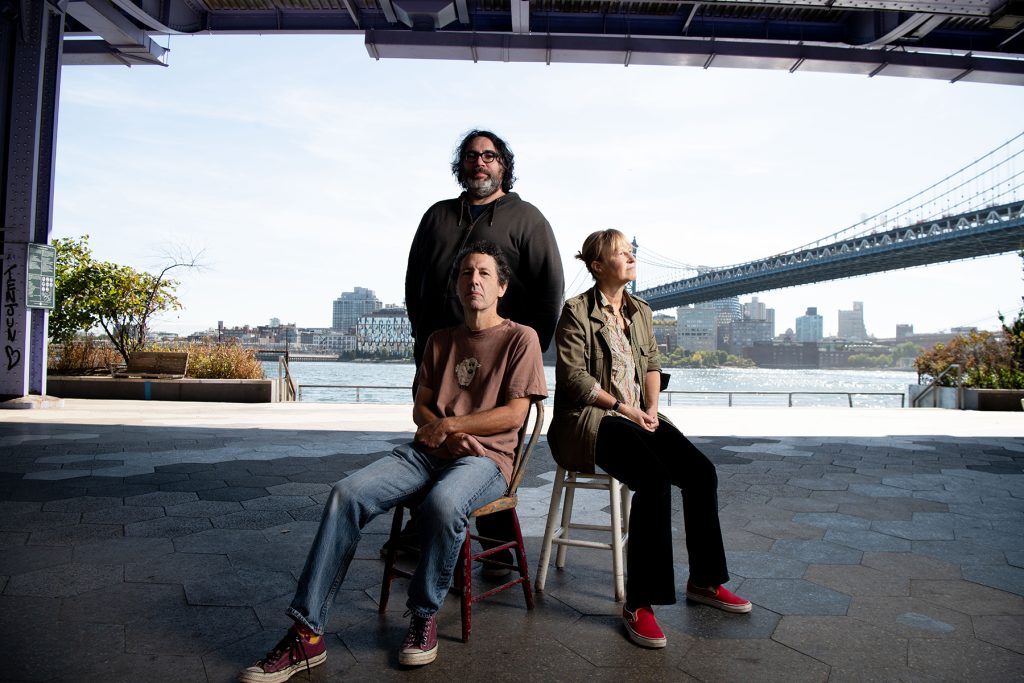
Maybe we can zoom in on one of these songs. What can you tell readers about the lifespan of the title track, “This Stupid World”?
Well, one of the reasons I think of us as a “jam band” is that we do a lot of jamming [laughs]. As you will have the opportunity to see at least one of the Colorado shows, we play that song closer to the way it sounds on the record. On that version, Georgia is playing keyboard, James is playing drums and I’m playing guitar. We recorded a few takes of the instrumental track during practice, and we were just having a blast making that sound.
I tend to write the majority of the lyrics, so at some point I was thinking about how singing could work with the song and what role it could take. On the last few records, we really responded to the sound of the three of us singing the lyrics together, and it seemed like an effective way to put this lyric across [“This stupid world, it’s killing me / This stupid world, is all we have”]. It took shape from there.
The thing is, a lot of this happens over a long period of time after the initial jam. When we decided we were going to really focus on making a record, we went back and looked back at the things we’d been recording to see what we liked and wanted to work with. That’s a long answer, but it’s a long process.
Yo La Tengo is turning 40 this year. What goes through your mind when you reflect on setting out with a new album against the backdrop of such a giant milestone?
You read so many interviews where bands are promoting the new record as the best thing they’ve ever done. And of course it’s not — that’s preposterous. But one thing I’ve learned in doing this for so long is things that once seemed ridiculous no longer seem ridiculous. I’m now completely sympathetic to anyone who says that. I mean, what’s the point of doing it if you don’t believe in it entirely?
I’m so grateful that we get to go out on tour and play our new songs and not just play a greatest-hits set of the same 15 songs every night. So even though we play songs from our entire existence and maintain our relationship with our past, we’re not really thinking about it that much. And in some ways, with a record like Painful, which came out in 1993 — until we see a picture of ourselves, we feel like that was yesterday. But it wasn’t.
. . .
ON THE BILL: An Evening with Yo La Tengo. 8 p.m. Friday, Feb. 16, Boulder Theater, 2032 14th St. Resale: $80+ | 8 p.m. Saturday, Feb. 17, Washington’s, 132 Laporte Ave., Fort Collins. $30
Yo La Tengo, by the decades
40 years of indie-rock history in five essential albums
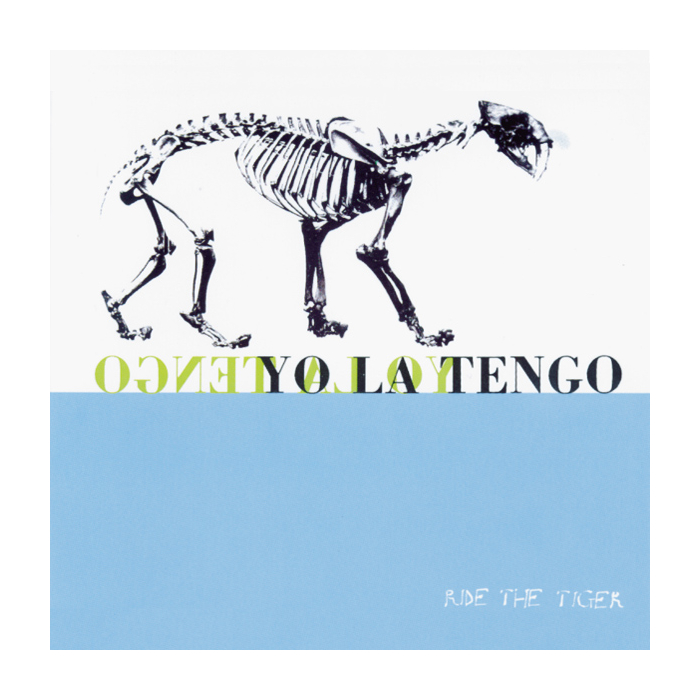
1986: Ride the Tiger
Yo La Tengo’s first full-length LP doesn’t quite scale the sonic and emotional heights of their discography to come, but it’s an important snapshot of the band’s early days amid the post-punk turn of the mid-80s in Hoboken, New Jersey. Ride the Tiger neatly frames the creative spark between Kaplan and Hubley that would give rise to a richer and more realized sound in the years ahead.
Standouts: “Big Sky,” “The Cone of Silence,” “Forest Green”
. . .

1993: Painful
The first album featuring bassist James McNew in an active role, the trio’s Matador Records debut marks a major watershed for the band. In the minds of many critics and listeners, this landmark 11-track offering is the moment Yo La Tengo became Yo La Tengo. Coming nearly a decade after forming in 1984, the slow burn that led to this breakthrough feels baked into the record’s opening line: “Let’s be undecided, let’s take our time.”
Standouts: “Big Day Coming,” “Double Dare,” “I Heard You Looking”
. . .

2000: And Then Nothing Turned Itself Inside Out
As fellow ’90s guitar bands like Radiohead were throwing out the rulebook at the turn of the century, Yo La Tengo was also leaning into the experimental drive of the Y2K moment. With druggy drum loops, politely buzzing organs and elegant walls of noise wrapped around some of the most beautiful songs of their career, And Then Nothing Turned Itself Inside Out is the band’s low-key masterpiece.
Standouts: “Let’s Save Tony Orlando’s House,” “Cherry Chapstick,” “Tears Are in Your Eyes”
. . .
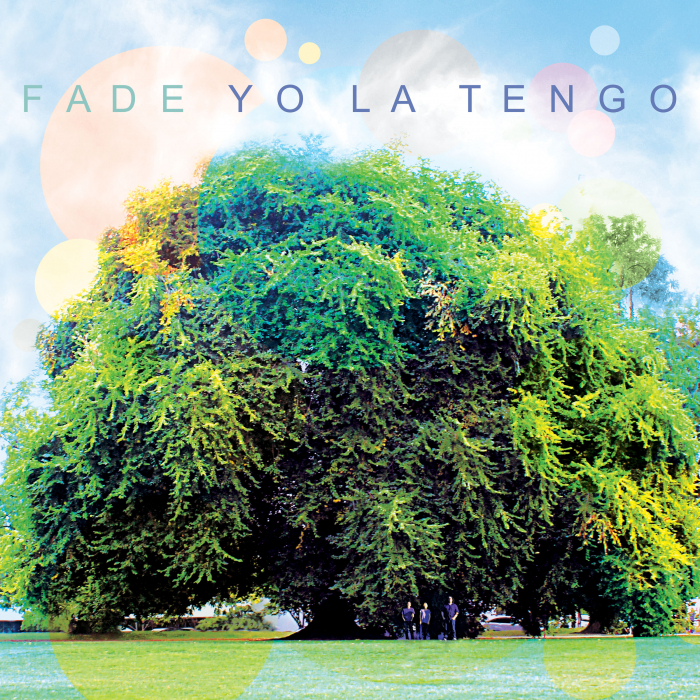
2013: Fade
As the 21st century slouched ahead, Yo La Tengo’s status as indie-rock royalty was indisputable. The band’s lucky 13th album Fade found the trio more comfortable in their skin than ever, sharpening their psychedelic edges while leaning into finely tuned pop and R&B influences with effortless verve.
Standouts: “Is That Enough,” “Ohm,” “The Point of It”
. . .
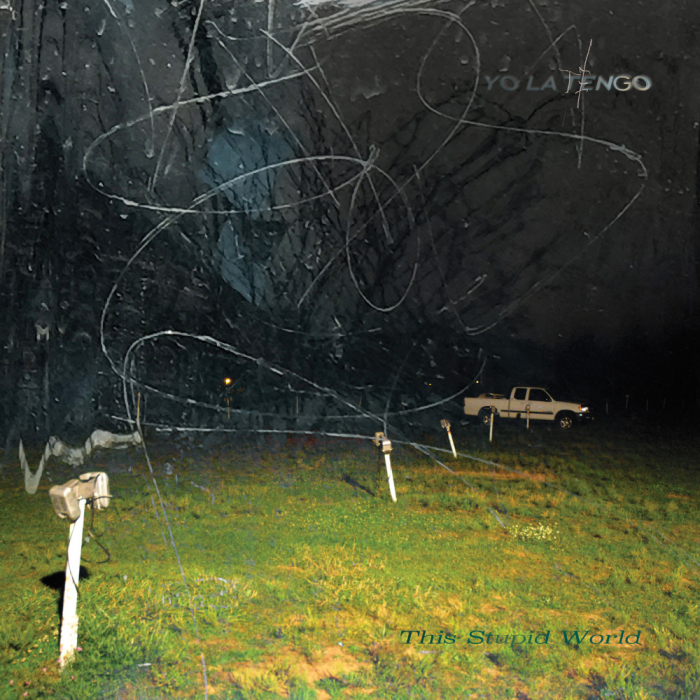
2023: This Stupid World
With a sound that runs the map, it’s hard to describe any particular Yo La Tengo album as a “return to form.” But after a period of pandemic-inspired improvisations (We Have Amnesia Sometimes), the outfit’s latest is a breath of fresh air for listeners who missed their classic mix of mild-mannered melodies and amp-shredding theatrics.
Standouts: “Aselestine,” “Fallout,” “Apology Letter”
